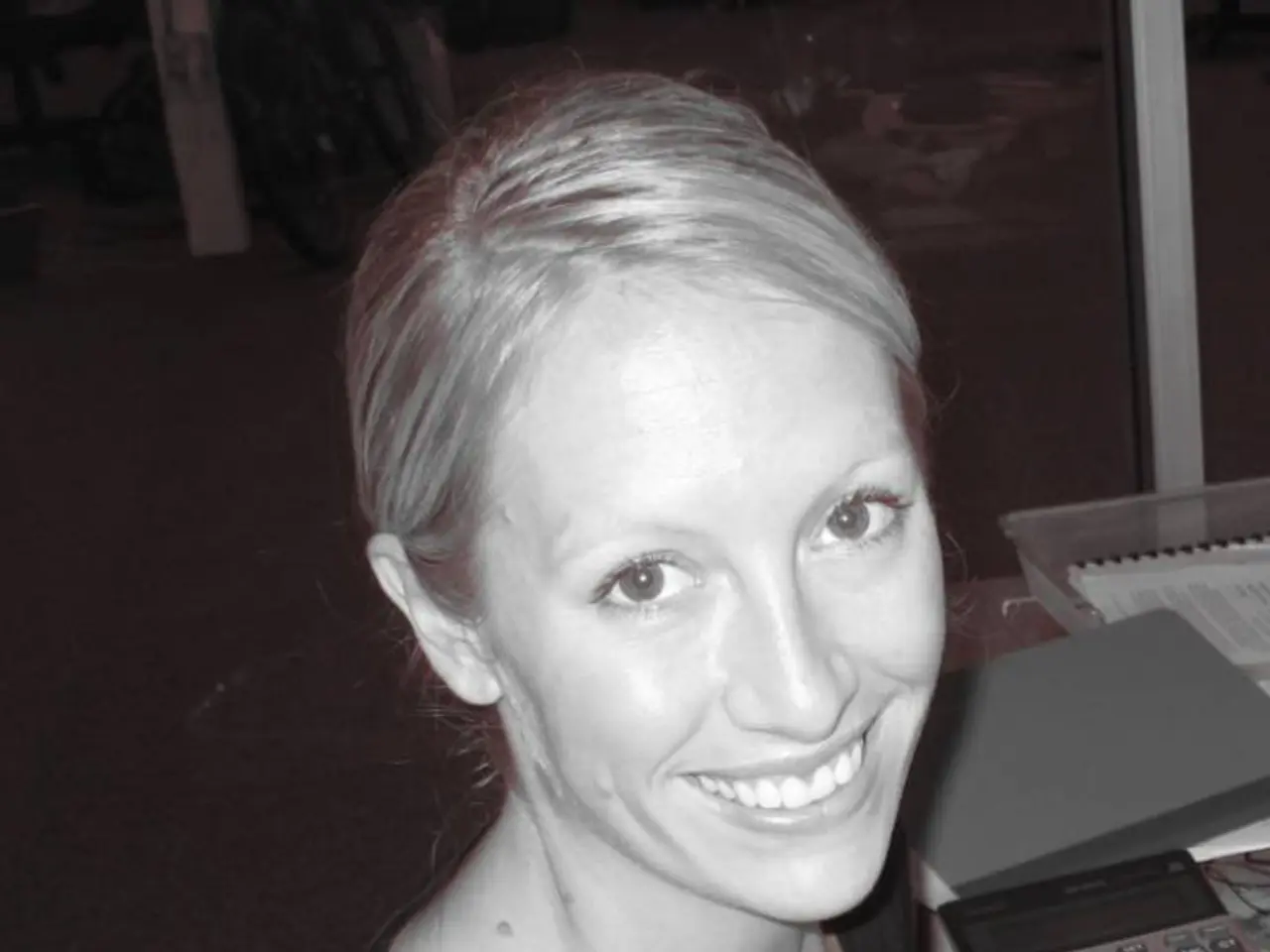World's Primordial Computer Programmer Was Referred to as the 'Charming Mathematician'
Ada Lovelace, born Augusta Ada Byron in 1815, is renowned as the world's first computer programmer. Her most significant influence and collaborator in her pioneering work was Charles Babbage, the inventor of the Analytical Engine, a general-purpose computing machine.
Their collaboration began when Ada was introduced to Babbage by their mutual friend Mary Somerville around 1833. Ada's unique insights and her collaboration with Babbage form the foundation of modern computer programming.
Lovelace is credited with writing the first algorithm intended to be processed by a machine—the Analytical Engine—specifically a program to compute Bernoulli numbers. She also contributed visionary ideas that expanded the conceptual scope of computing, foreseeing that computers could manipulate symbols and data beyond mere numbers, such as music or text.
Despite Babbage initially thinking the machine could only perform numerical calculations, Lovelace's vision was more expansive. Her notes discussed the machine's potential to calculate Bernoulli numbers, making her the world's first programmer.
In 1843, Ada Lovelace translated an article on Babbage's analytical engine from French to English and published it in an English science journal. Her translation included her own extensive thoughts and ideas on the machine, amounting to three times the length of the original.
Their collaboration was not without occasional tension, such as disagreements over the publication of their joint work. However, their intellectual partnership profoundly influenced the future of computing. Ada's approach combined her mathematical skills and poetic imagination, often described as "poetical science," enabling her to see possibilities in computing that even Babbage had not fully recognized.
Ada Lovelace's life was marked by tragedy. Both she and her father, Lord Byron, died at the age of 36. Lord Byron left the family shortly after Ada's birth and never saw her again. Despite this, Ada requested to be interred next to her father.
Ada Lovelace was unusual among wealthy young ladies of her time for studying science and mathematics. She met Charles Babbage, a renowned mathematician and inventor, in her late teens. After having her third child, she resumed work with Charles Babbage.
Isabella Milbanke, Ada's mother, insisted that Ada steer clear of poetry and study science and mathematics instead. This decision proved to be advantageous for the development of modern computing, as Ada's work with Babbage laid the groundwork for the field.
In recognition of her contributions, the U.S. Department of Defense named a computer programming language "Ada" in her honor in 1979. Today, Ada Lovelace's legacy continues to inspire and influence the world of computing.
[1] Silver, B. (2004). Ada Byron Lovelace and Charles Babbage: An Introduction to the Letters. Cambridge, Massachusetts: MIT Press. [2] Campbell-Kelly, M., & Aspray, W. (1996). Charles Babbage's Engine: Its Origins and Impact. Cambridge, Massachusetts: MIT Press. [3] Doran, R. T., & Peters, T. J. (2009). Ada's Algorithm: How Lord Byron's Daughter Cracked the Code of Life. New York: Basic Books. [4] Hughes, T. P. (1983). The Myth of the Machine: The Power of Knowledge and the Prospects for Human Survival. New York: Viking Press. [5] Collins, A. (2004). The Glass Cage: Automation and Us. New York: Penguin Press.
- Ada Lovelace, known for her work in science and mathematics, was a pioneer in computer programming, particularly with Charles Babbage's Analytical Engine.
- Lovelace wrote the first algorithm intended for a machine, foreseeing that computers could manipulate not just numbers, but also music, text, and other data.
- Her collaborative efforts with Babbage and her studies in health-and-wellness, such as womens-health, also reflected in her work, suggesting a broader vision for the role of technology in society.
- Today, her legacy is honored through various ways, including the naming of a computer programming language 'Ada' in her honor, and her insights continue to inspire the development of technology in the modern world.




